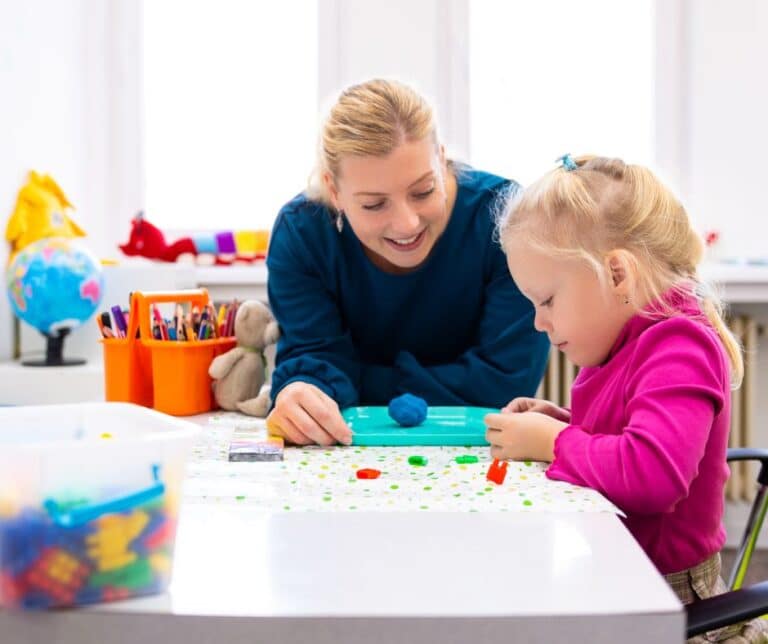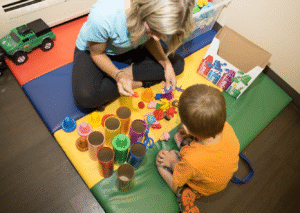Reflex Integration and Sensory Processing
In previous blogs, we discussed the relationship between reflex integration and sensory processing, essential for neurological development and learning. Reflex integration techniques enhance foundational stages, which we will further explore.
What is a Reflex?
A reflex is an automatic, repetitive movement starting in utero, critical for brain development and sensorimotor pathway creation. Reflexes help with survival and serve as building blocks for physical, emotional, and cognitive development.
Unintegrated Reflexes and Their Impact
When reflexes are unintegrated, they can cause involuntary movements, internal confusion, and disrupt neurological development, affecting motor skills, coordination, and cognitive functions.
The Role of Therapists in Reflex Integration
Physical and Occupational Therapists play a key role in building neurological foundations, helping integrate reflexes for better sensory regulation and functional skill development.
Understanding the Fear Paralysis Reflex
The Fear Paralysis reflex, active from birth, is triggered by sensory stimuli, causing a protective freeze response. When integrated properly, it supports stress management, emotional regulation, and cognitive processing.
Signs of Unintegrated Fear Paralysis Reflex
If unintegrated, this reflex can lead to emotional immaturity, poor stress management, emotional dysregulation, and cognitive disarray, negatively impacting the child’s ability to focus and process information.
Treatment for Emotional Dysregulation and Sensory Dysfunctions
A multidisciplinary approach including physical, occupational, and speech therapy is essential for treating emotional dysregulation and sensory processing difficulties. Reflex integration can greatly help children improve their responses to sensory stimuli.
Seeking Professional Help
If your child exhibits these signs, consult your pediatrician to discuss an Occupational Therapy evaluation. Early intervention can lead to successful treatments both at home and school.




